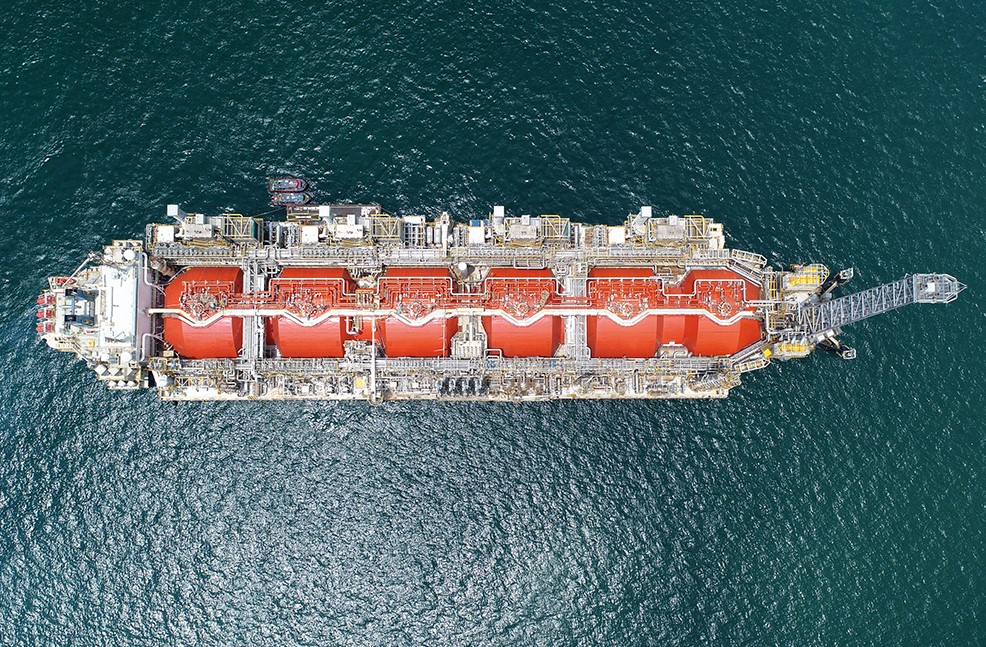This story requires a subscription
This includes a single user license.
Marin announced this move in a social media post on Sunday.
The CEO congratulated PAE for entering, through Argentina’s incentive regime for large investments (RIGI), its project to install the liquefaction vessel Hilli in the San Matias Gulf, Río Negro.
He said the project represents an investment of $3 billion that will allow Argentina to position itself as a “key supplier” of LNG in the international market as of 2027.
Marin said YPF will join this initiative that “marks a milestone in the energy industry of our country and that represents a big step to be able to carry out our Argentina LNG project, with which we expect to export $15 billion in LNG by 2030.”
“We are excited to collaborate with PAE and Golar LNG to drive growth and innovation in the energy sector. We will continue to work together to transform Vaca Muerta gas into LNG and to maximize the efficiency and profitability of the entire sector in the Neuquen basin,” he said.
Marin did not provide further information.
Earlier this month, Marin said that YPF is in negotiations with supermajors to become equity partners in the planned Argentina LNG project. The company also held a large number of meetings with potential offtakers.
YPF and Malaysia’s Petronas recently decided to build their $30 billion Argentina LNG export project in the Patagonian province of Río Negro.
YPF and Petronas decided that the project would be located in Sierra Grande, Río Negro instead of the initial Bahia Blanca, Buenos Aires plan.
The project would have a capacity of 30 million tons per year.
However, it appears that YPF’s project partner, Petronas, is considering whether to continue developing Argentina LNG.
Petronas “have to decide” by the end of December if the company is continuing, Marin said.
A presentation posted on YPF’s website shows that during its first phase, Argentina LNG would have two floating liquefaction units with a production capacity of around 9 mtpa.
The following phases of the project entail the construction of an onshore modular plant which would progressively expand to achieve a final capacity up to 30 mtpa.
Hilli
Golar’s FLNG Hilli, located offshore Cameroon’s Kribi, recently offloaded its 122nd cargo of liquefied natural gas since it started operations in 2018.
In July, Golar LNG entered into definitive agreements with Argentina’s PAE for a 20-year deployment of this FLNG in Argentina.
The FLNG project will monetize Argentine gas, tapping into the vast resources from the Vaca Muerta shale formation in the Neuquen basin, the world’s second-largest shale gas resources.
Golar expects the project to start LNG exports within 2027.
The floating LNG player said in its third-quarter report that PAE issued a reservation notice reserving FLNG Hilli for the project in October 2024.
The project’s definitive contracts are subject to satisfying defined conditions precedent, including an export license, environmental assessment, and FID by PAE.
“Work on the conditions precedent is progressing with their satisfaction and FID is expected within Q1 2025,” Golar said.
Golar said the FLNG project will initially utilize spare capacity in Argentina’s existing pipeline network.
Work to construct a dedicated pipeline connecting the FLNG terminal location directly to the Vaca Muerta shale formation is also being pursued.
“This could support a multi-FLNG vessel project in Argentina, including opportunities for our MKII FLNG(s),” Golar said.

